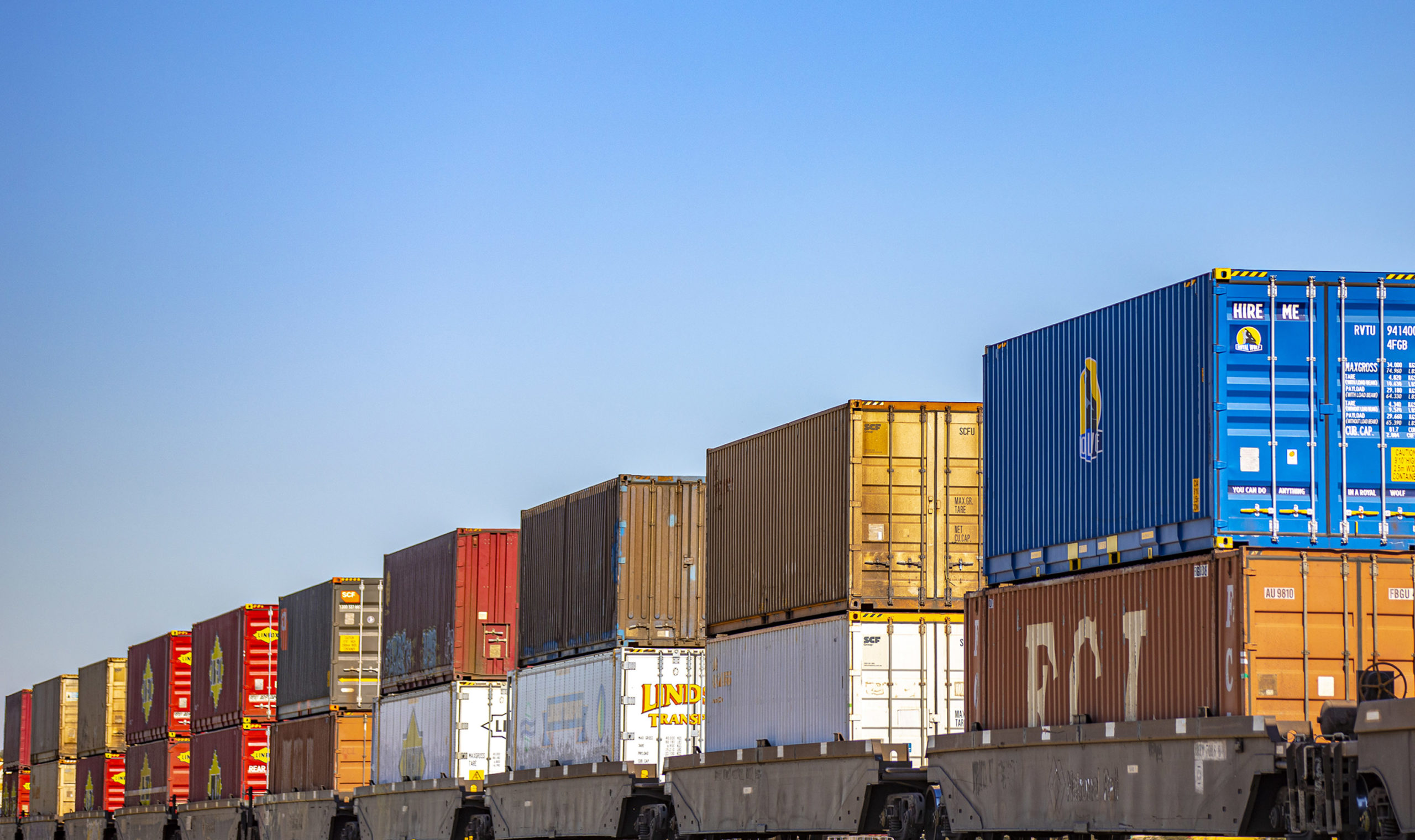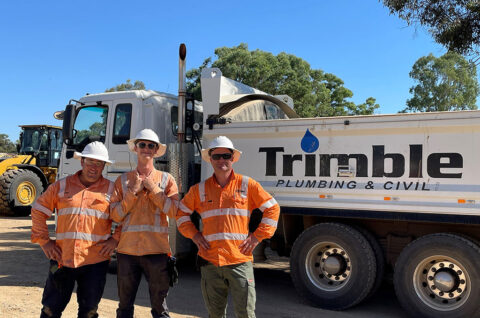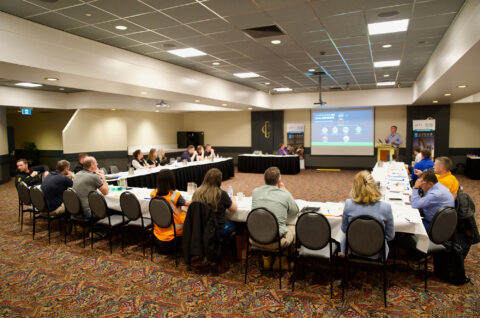Inland Rail will be an open access rail service.
Any accredited operator can run a train along the rail line, once operational.
The major users of Inland Rail will be producers across a range of sectors, transporting mostly domestic goods to our cities, such as fresh food, packaged goods, hardware, white goods, and bulk goods like steel, paper and coal.
Will the Inland Rail line have a passenger service?
Inland Rail is freight infrastructure, however, the decision to run passenger services will be a matter for each State Government or for private operators. ARTC, the operators of Inland Rail, have a long history of working with Government and private operators to ensure passenger trains have access to the national rail network. This will continue to be the case for Inland Rail.
Inland Rail will provide freight customers:
- Reliability for transporting freight
- Less than 24-hour transit time from Melbourne to Brisbane
- Road-competitive pricing
- Freight availability in line with market needs
The Inland Rail service offering
The service offering is central to Inland Rail and reflects the priorities of freight customers for a road-competitive service based on reliability, transit time, price and availability.
Our service offering was developed in consultation with Australia’s major freight rail customers and freight owners including Asciano, Genessee and Wyoming, SCT, Aurizon, Woolworths, Coles, Graincorp, Namoi Cotton, Bluescope and VISY. Also included in the consultation were key agricultural stakeholders including NSW Farmers, National Farmers Federation and peak bodies such as NRMA.
Consultation with organisations who will use Inland Rail helped us clearly define the performance outcomes that industry requires and the technical specifications that will deliver on those performance requirements.

The four key elements of the service offering are:
![]()
Reliability
Freight customers want road-competitive reliability, driven by considerations around flood immunity and design. Inland Rail will not only provide a high level of reliability, it will also benefit from the back-up of the existing coastal network, making both lines more resilient to extreme weather events.
![]()
Price
Freight customers want pricing that is equal to or cheaper than road (including an allowance for pick-up and delivery). This cost competitiveness will have flow-on effects in terms of reducing supply chain costs for agricultural and mining exports.
![]()
Transit time
It currently takes approximately 33 hours to move freight from Melbourne to Brisbane via the existing coastal route. Inland Rail will move freight from Melbourne to Brisbane in less than 24 hours.
![]()
Freight availability
Once Inland Rail is operational, we will work with rail operators and freight owners to achieve a schedule that sees freight arrive at major terminals at times that suit customers.
Longer, double-stacked trains
- Train lengths up to 1,800m
- 7.1m clearances for double stack operation
- Longer double-stacked trains significantly increase the payload of each train
Heavier axle loads
- 21 tonnes @ 115km/h, 25 tonnes @ 80km/h, with future proofing for 30 tonnes @ 80km/h
- Heavier axle loads allow freight customers to transport heavier freight volumes at higher speeds.
Interoperability
- Full interoperability with the interstate mainline standard gauge network
- Dual-gauging in Queensland to provide for connectivity to the Queensland narrow gauge regional network
- Connections to regional and national freight networks providing for standard gauge connections to the ports of Melbourne, Port Kembla, Sydney, Newcastle, Brisbane, Adelaide and Perth
Find out more
For more information about using Inland Rail or moving your freight on rail, please contact ARTC.



